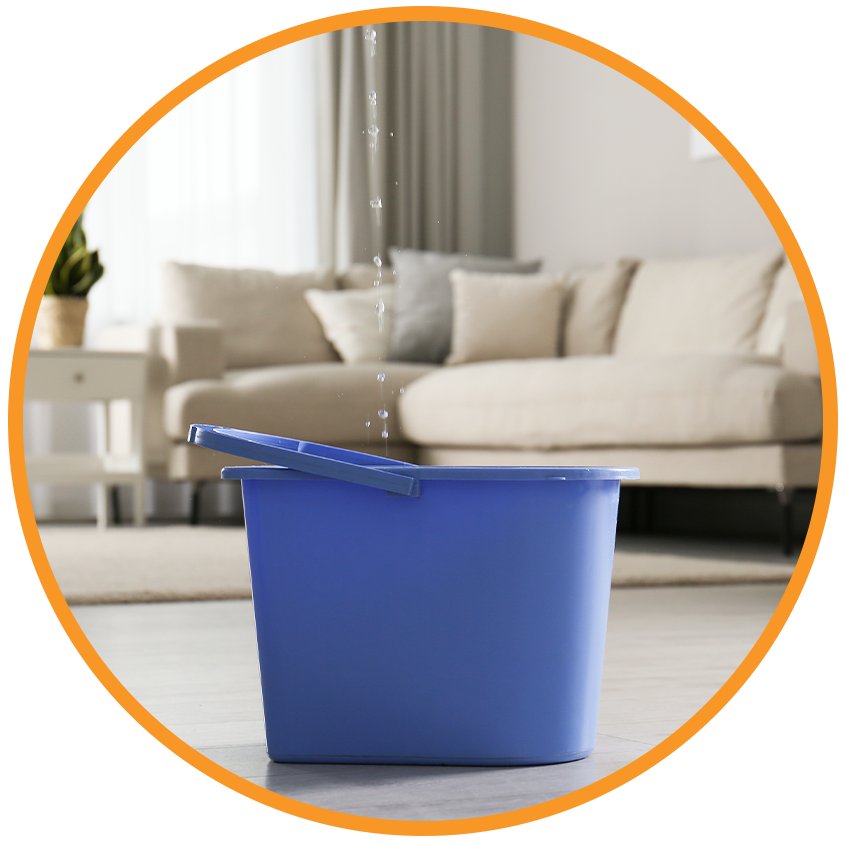
There’s nothing quite like having access to clean and refreshing water, especially when it comes from your own well. However, if your well water is rich in iron, this can lead to unpleasant discoloration, metallic taste, and even staining on your fixtures and laundry. Fortunately, an iron filter can turn that rusty water into a crystal-clear oasis that you and your family will enjoy. Here’s a comprehensive guide on utilizing an iron filter for your iron-rich well water.
First, understand the importance of testing your water. Before you decide on an iron filter, test your well water for iron content. You can purchase a home water-testing kit or hire a professional service to carry out an analysis. This will help you determine the level of iron in your water and identify any other potential contaminants. Knowing the specifics can help you choose the most effective filtration system for your needs. Resource: Well water iron system from SoftPro
Next, you’ll want to choose the right type of iron filter. There are various systems available in the market, including oxidizing filters, birm filters, and air injection filters. Each type operates differently: oxidizing filters use chemicals to convert soluble iron into insoluble particles, while birm filters rely on a special media that facilitates oxidation naturally. Air injection filters introduce air into the water, promoting oxidization before the water is filtered. Evaluate the effectiveness and maintenance requirements of each type so you can select one that fits your lifestyle and preferences.
Once you’ve chosen an iron filter, proper installation is necessary. Many iron filters come with detailed installation instructions that can guide you step by step. Start by shutting off your water supply and draining the pipes to ensure that the installation goes smoothly. Depending on the filter model, you may need to modify your plumbing. If you are not comfortable performing the installation yourself, consider hiring a licensed plumber to ensure it’s done correctly.
After the installation, you’ll need to maintain your iron filter regularly. Maintenance may involve backwashing the filter, which removes trapped particles and ensures its efficiency. Additionally, be mindful of any replacement parts indicated in the user manual. Regular upkeep will not only prolong the lifespan of your filter but will also ensure that your well water remains pure and free from iron contamination. (www.softprowatersystems.com/products/iron-master-iron-filter-for-well-water)
Finally, after everything is set up, don’t forget to monitor your water quality periodically. Conduct water tests every few months to check iron levels and ensure the filter is functioning properly. If you notice any changes in taste, smell, or appearance, it may suggest that the filter needs replacing or maintenance.
When all is said and done, an iron filter can transform your iron-rich well water into a clean oasis, providing you and your household with refreshing and clear water for drinking and other uses. By testing your water, choosing the appropriate filtration system, ensuring proper installation, maintaining the filter, and regularly monitoring your water quality, you can enjoy the many benefits of having high-quality water directly from your well. (reference: AIO iron filter from SoftPro)
